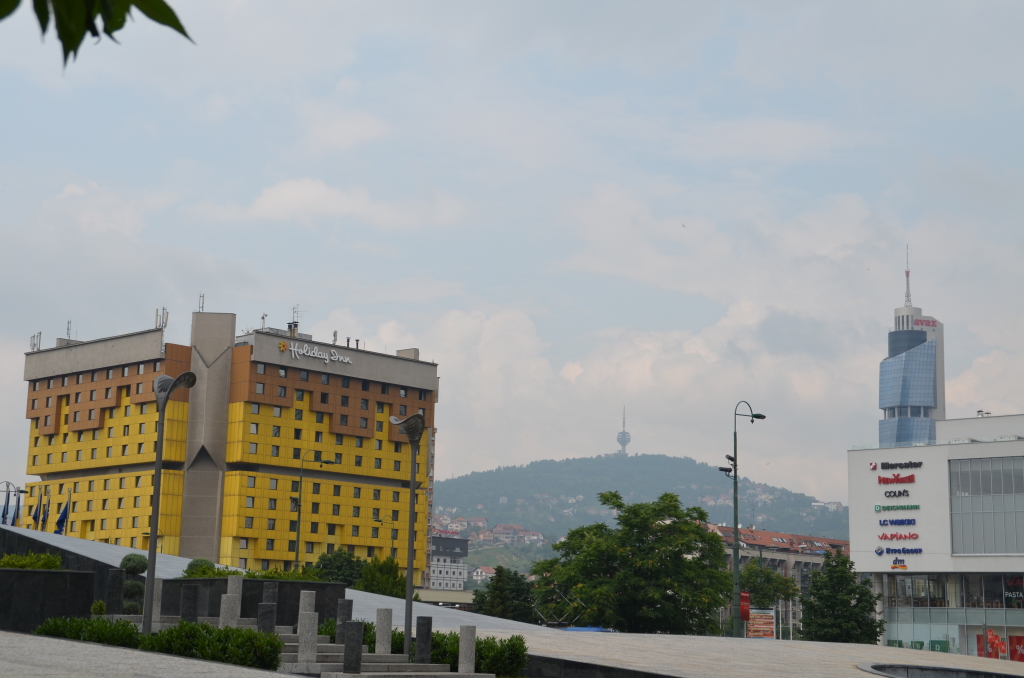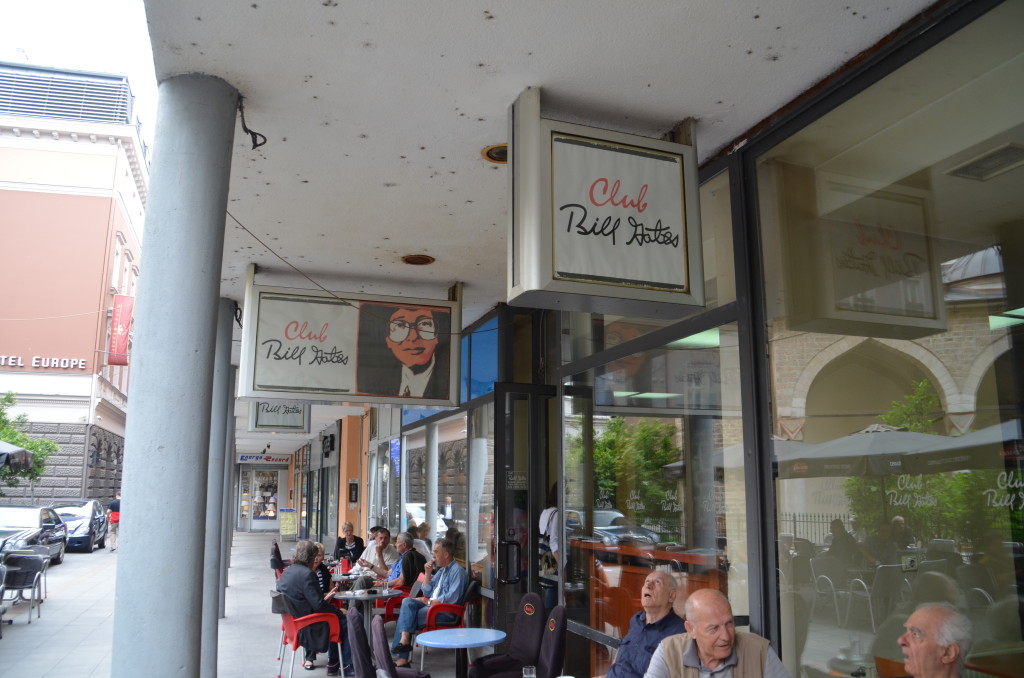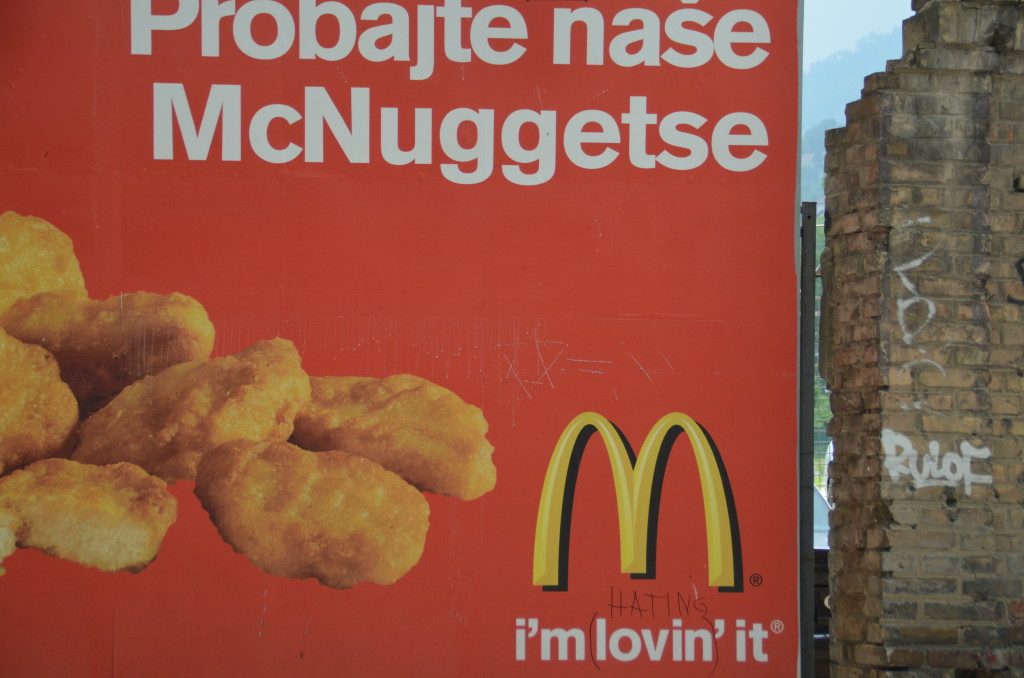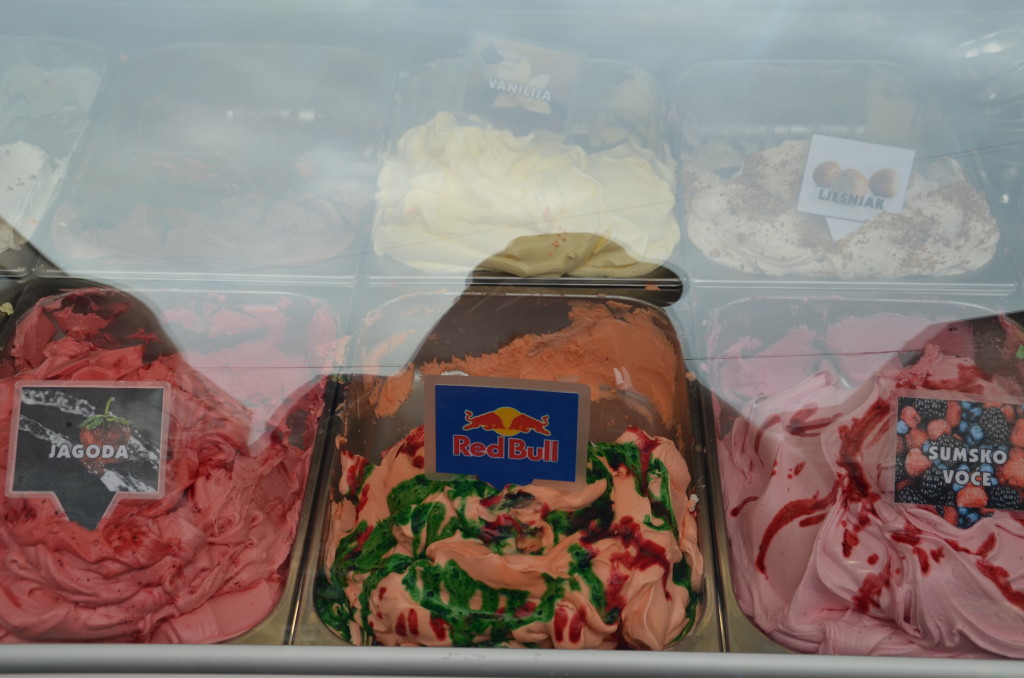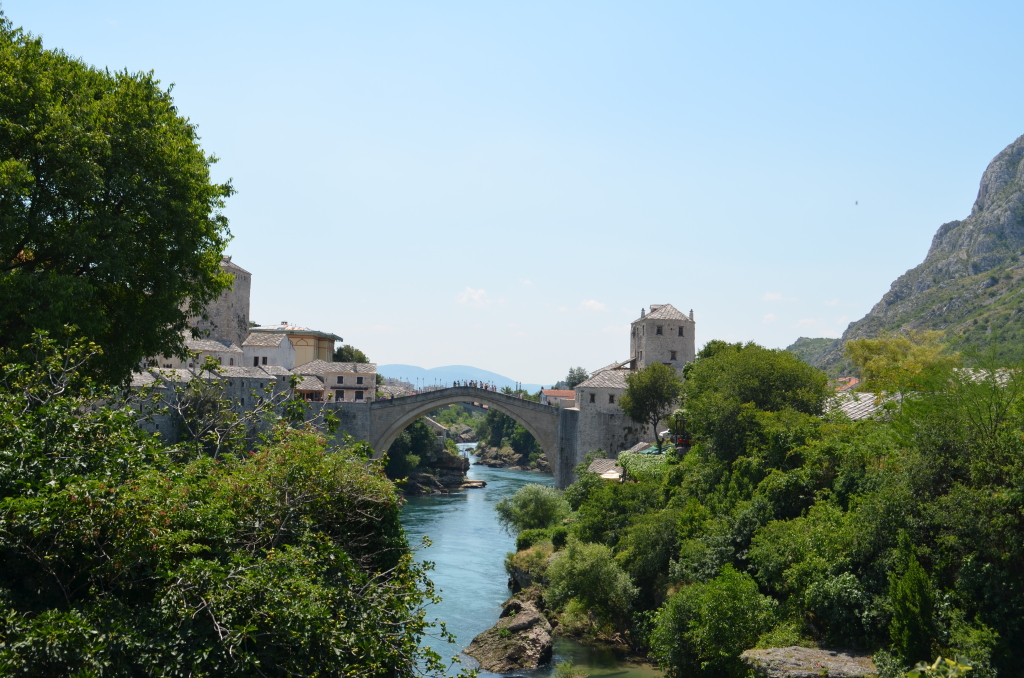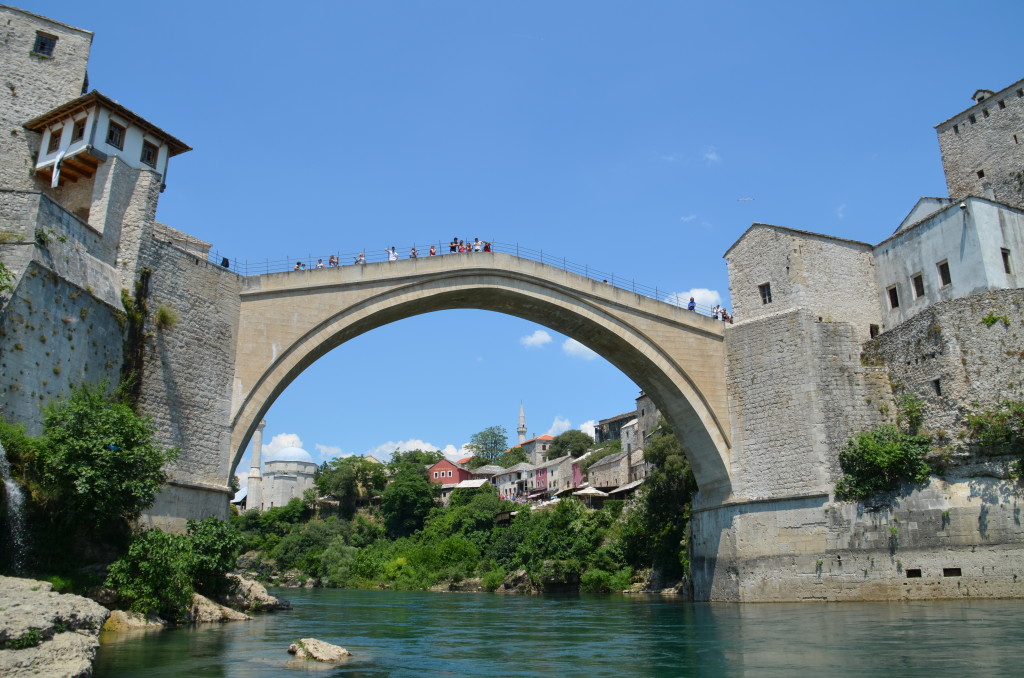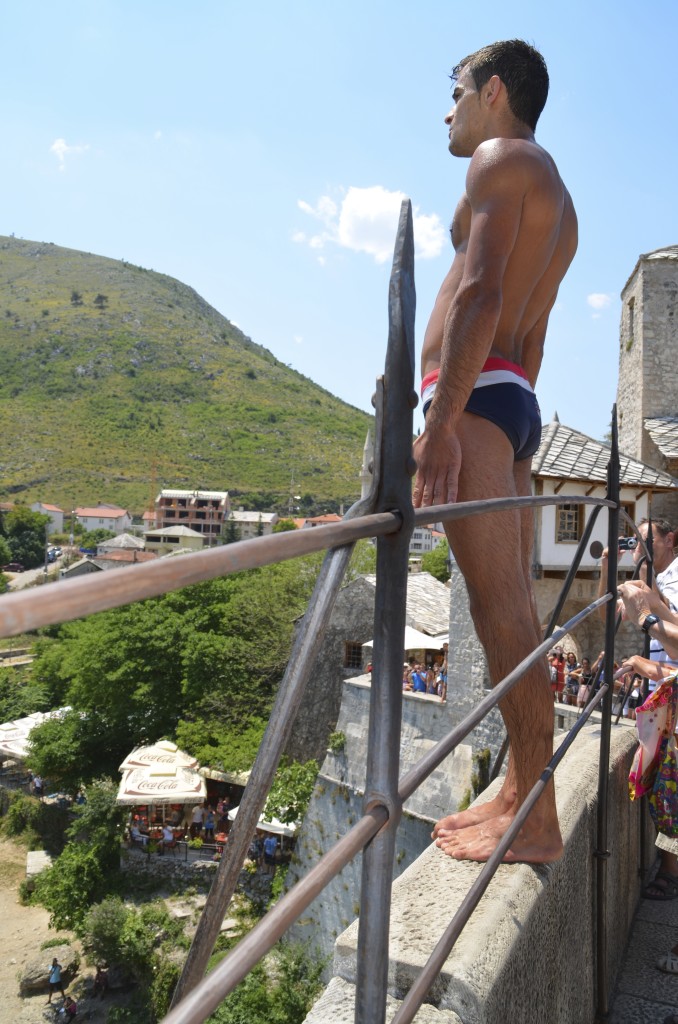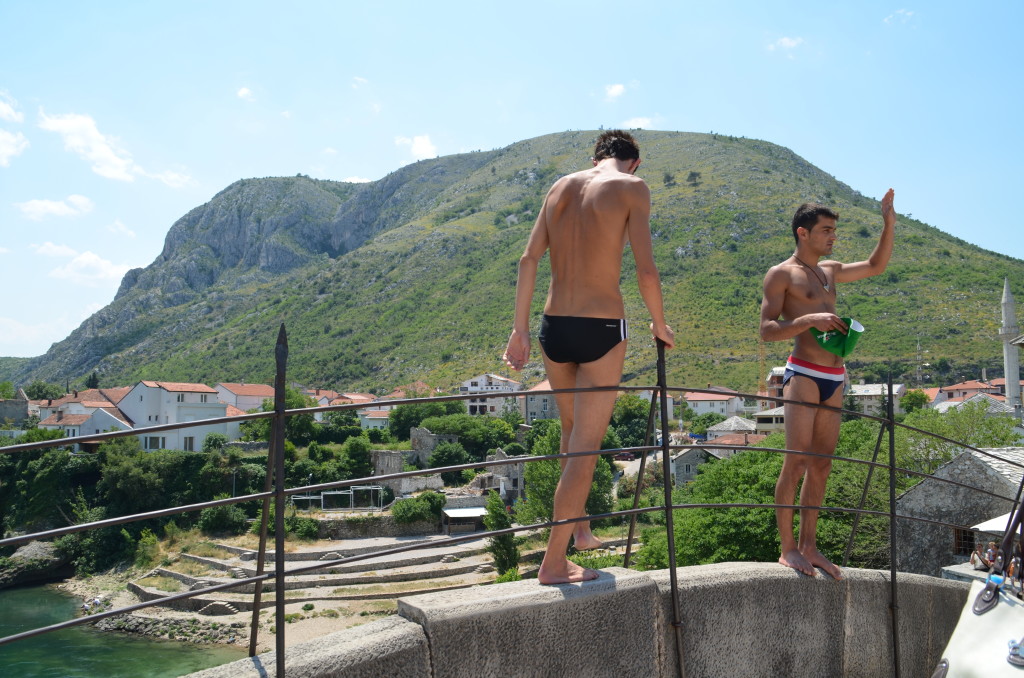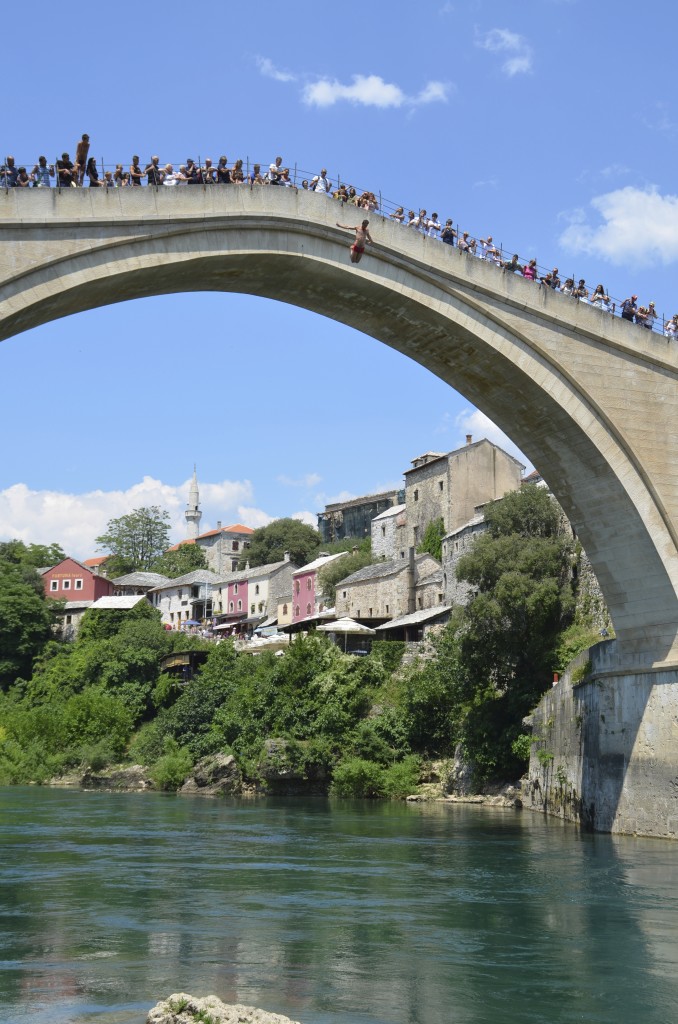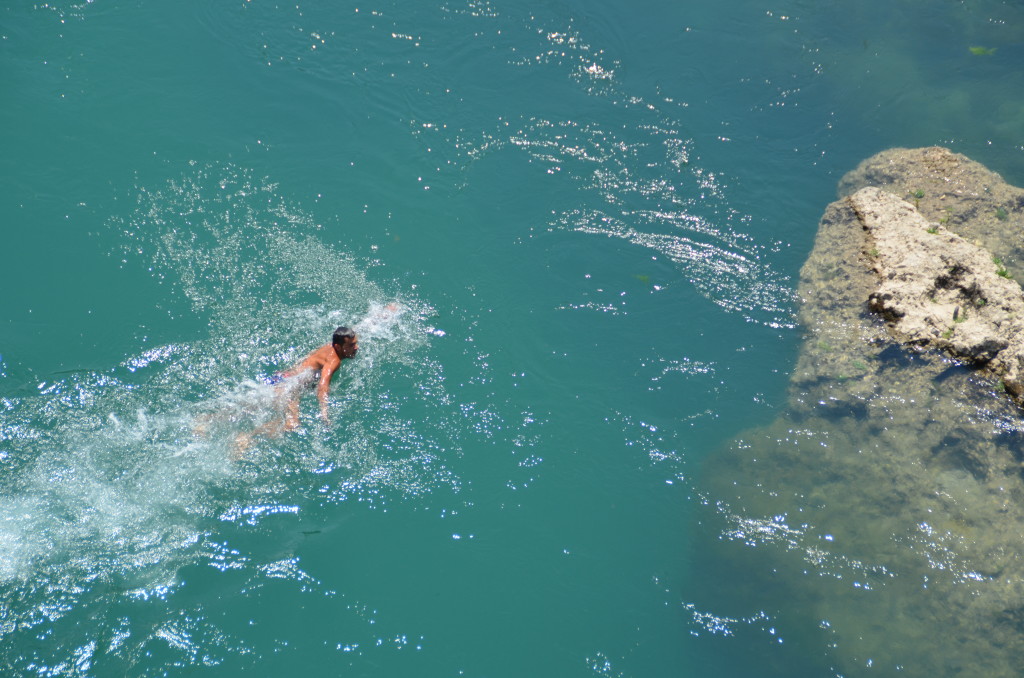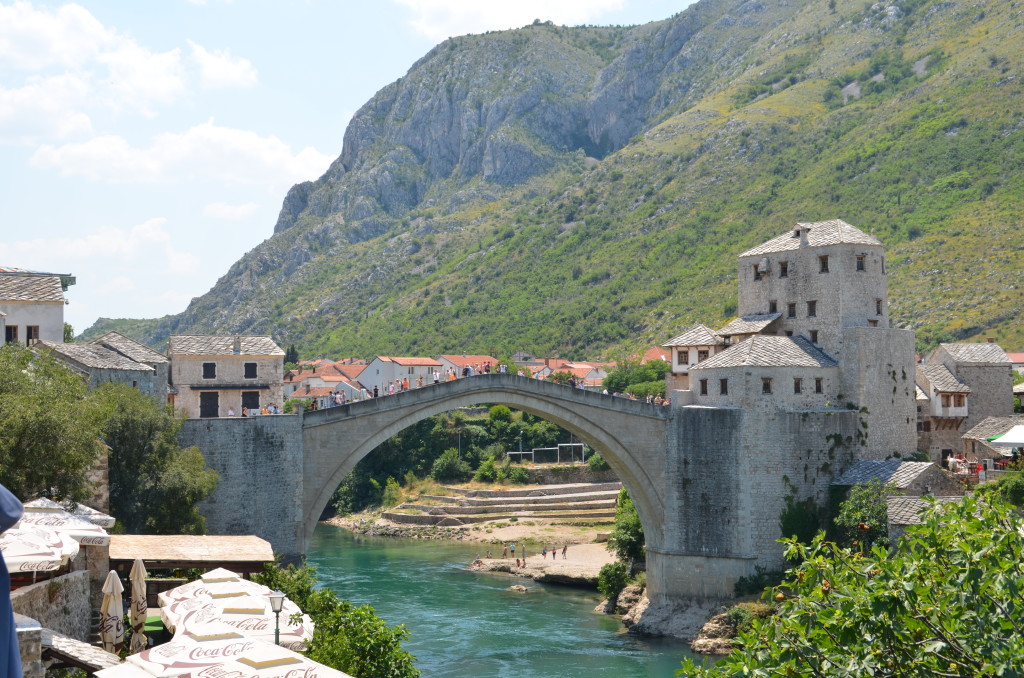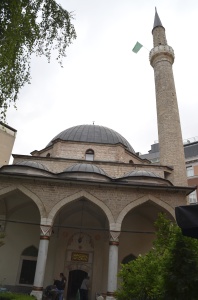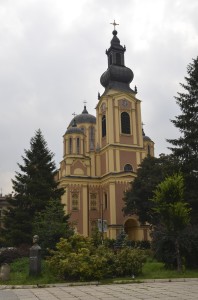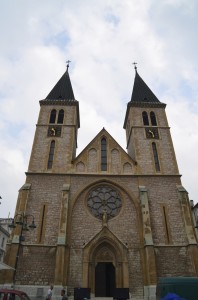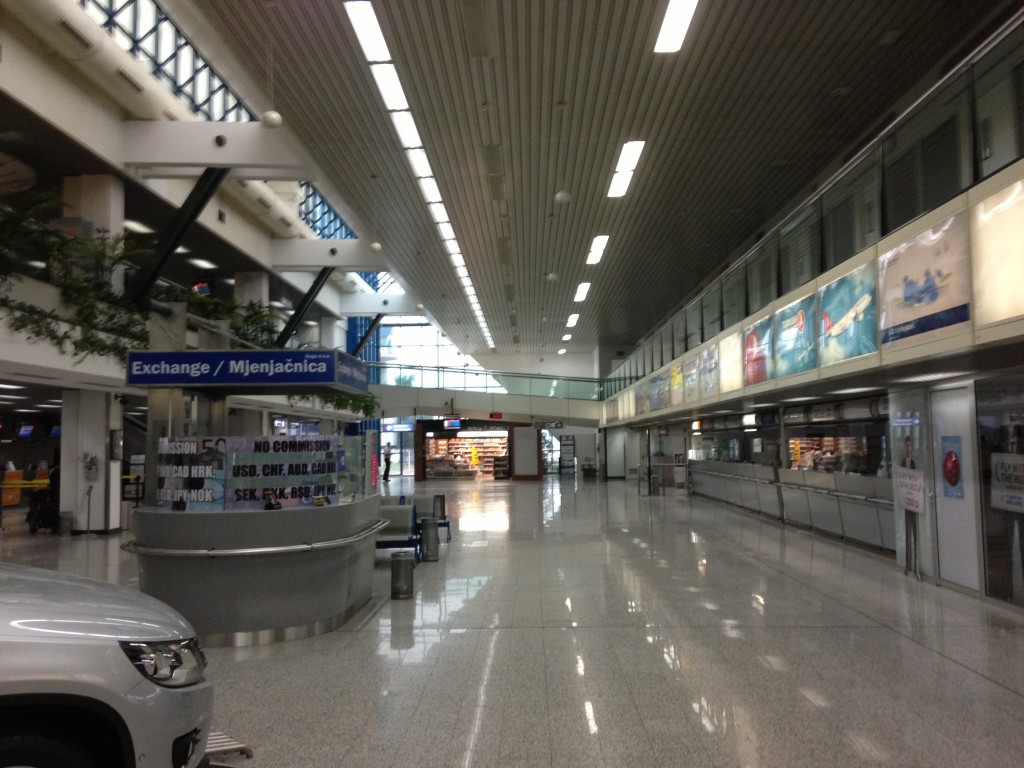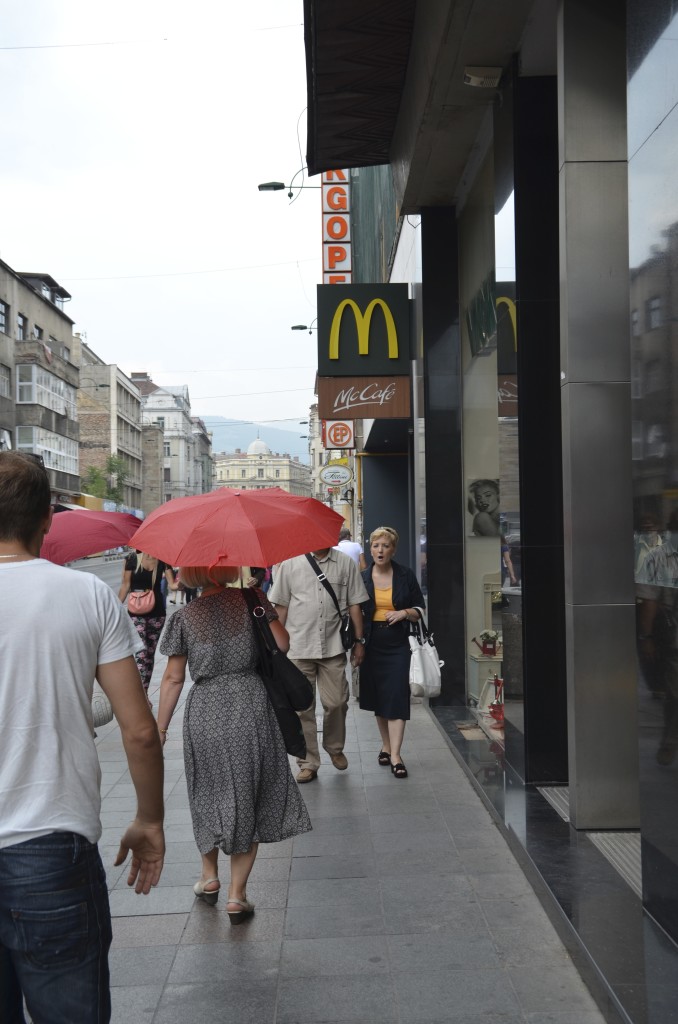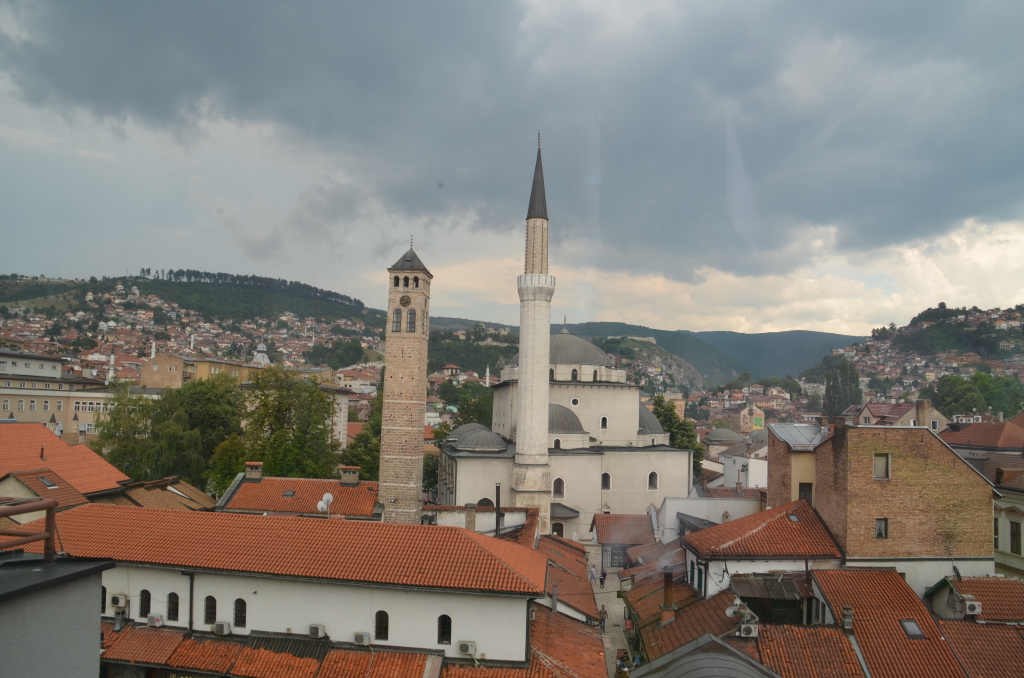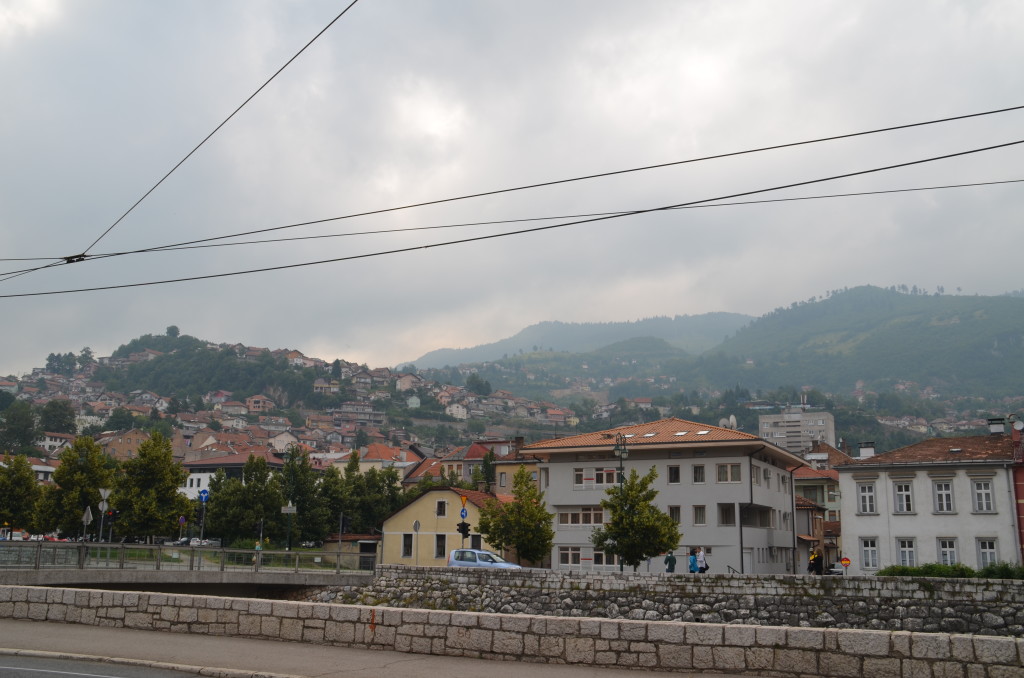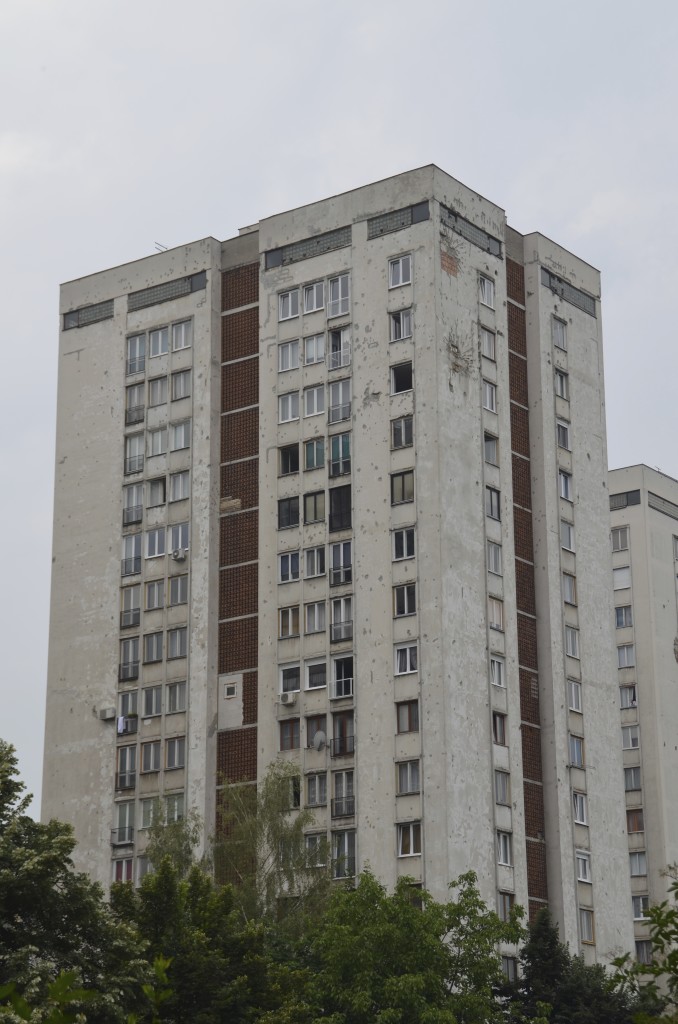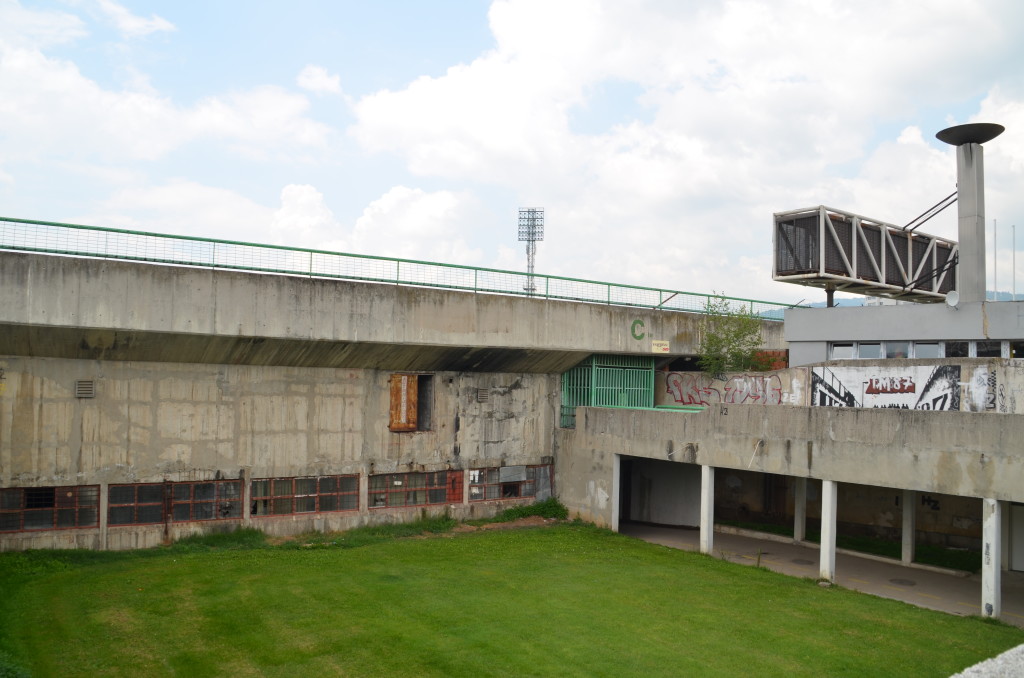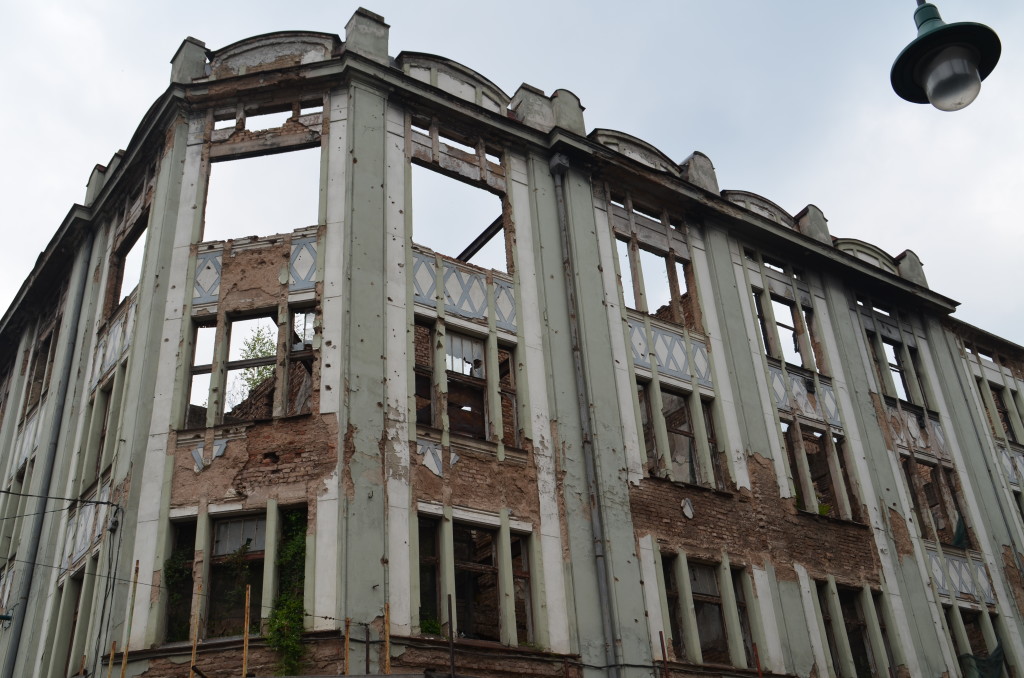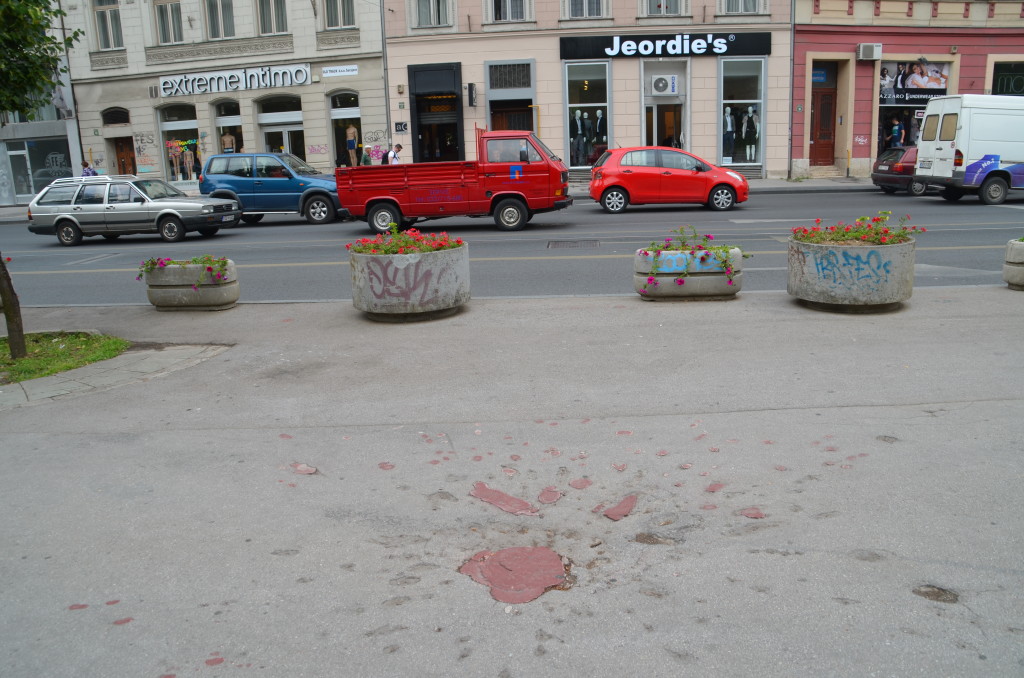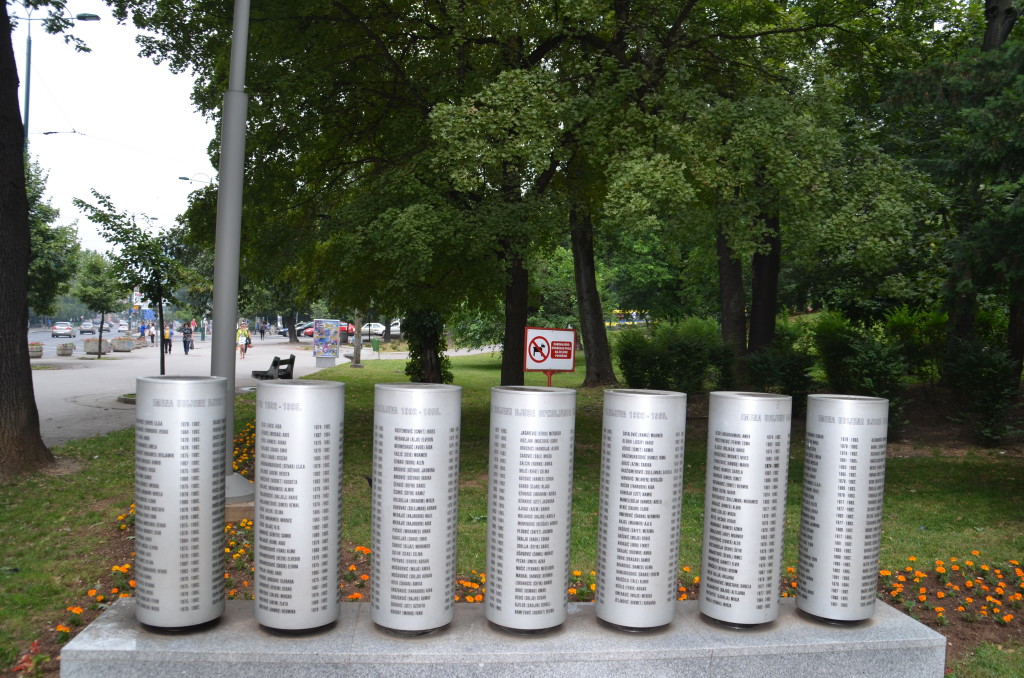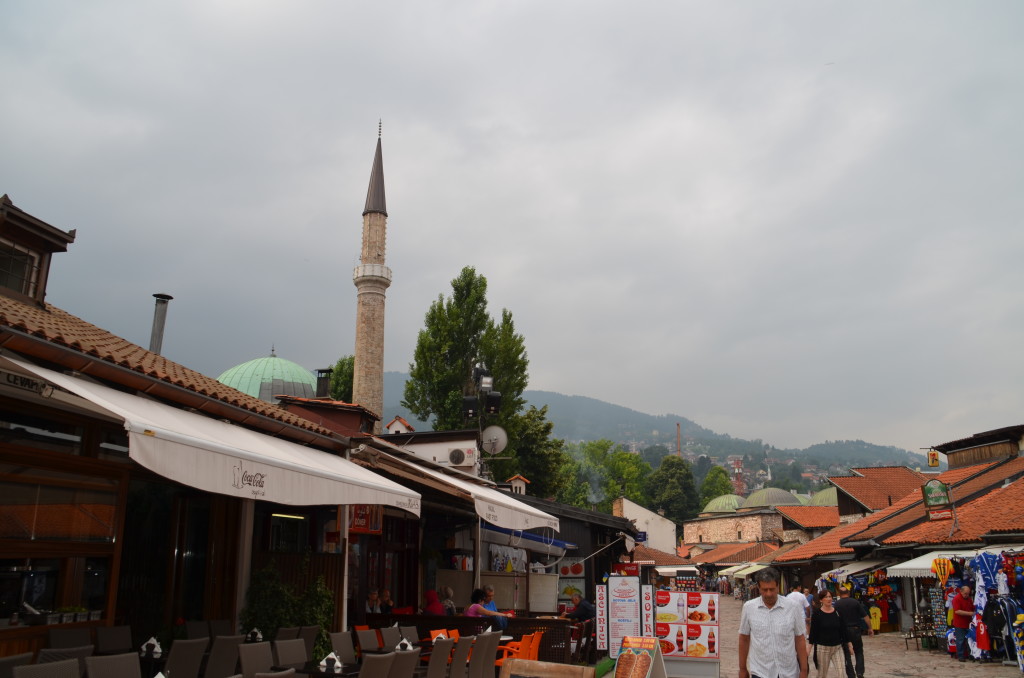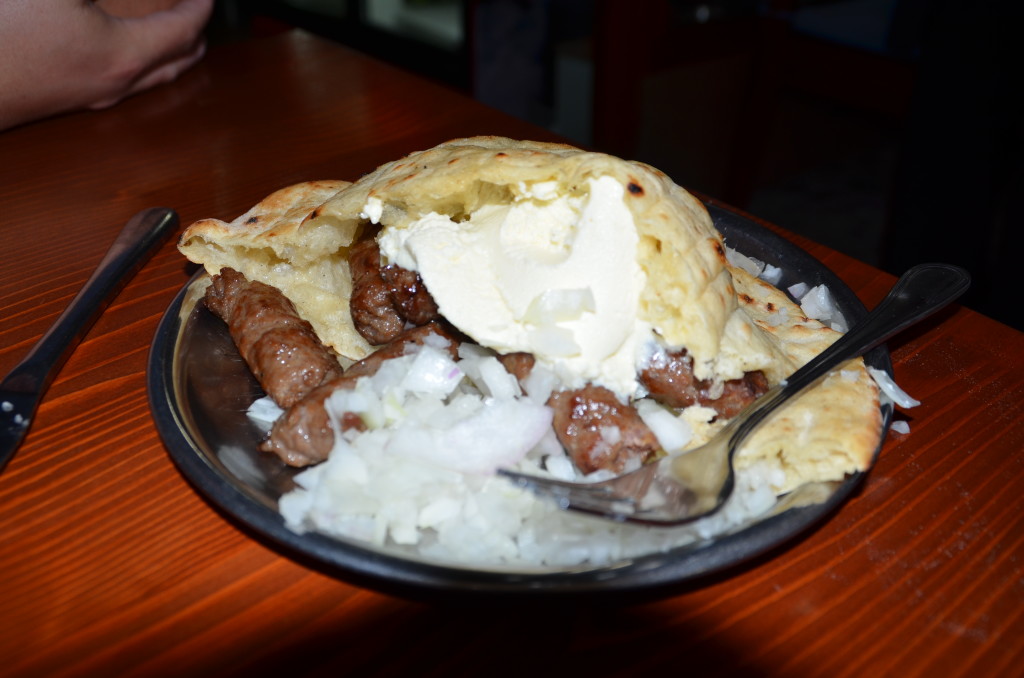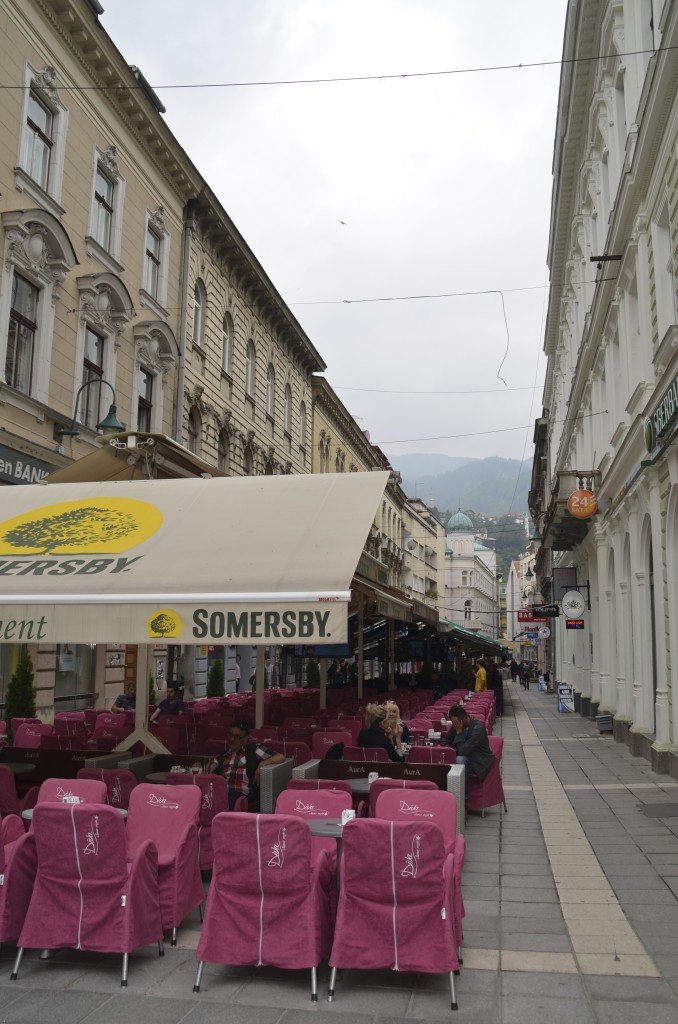Our trip to the Balkans was a whirlwind tour but was very fun and fulfilling despite the busy pace. Here are some fun facts about our trip.
Final Summary:
Countries visited: (5) Slovenia, Croatia, Bosnia and Hercegovina, Montenegro, Albania
Length of trip in days vs vacation days taken from work: 10 days in length vs 4 days of vacation taken from work
Flights: (5) ORD-MUC-LJU, SJJ-VIE-IAD-ORD
Kilometers driven: approximately 1500
Total Cost of Gasoline to fill up car for the whole trip: $260 US
Number of McDonald’s seen: 2 (yes, we only saw two McDonald’s the whole trip)
Number of Starbuck’s seen: 0
Number of McDonald’s eaten at: 1 (in Sarajevo)
Number of seven year olds we saw smoking: 1
Number of border crossings while driving: 8
Number of pizza’s eaten: 5
Number of Chocolate Souffles eaten at Magellan restaurant in Dubrovnik: 3
Miles walked during the trip per person: 56 (seven miles per day)
